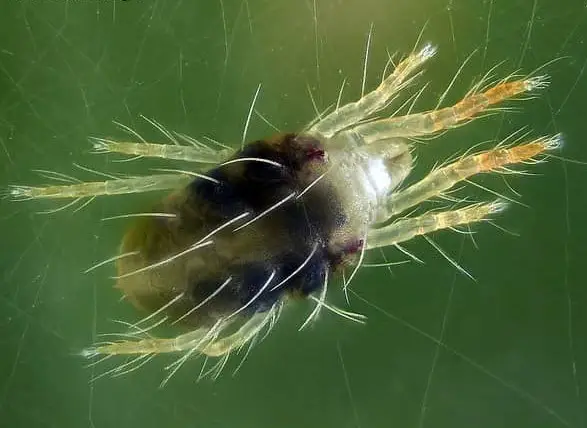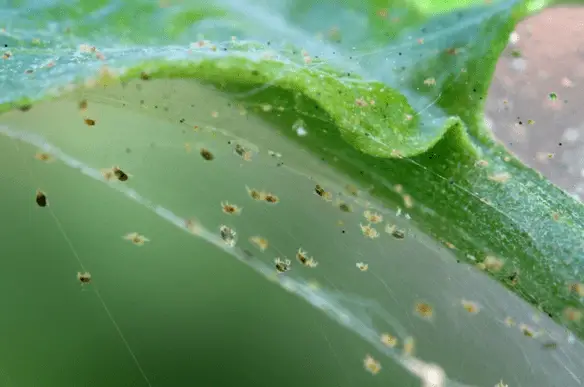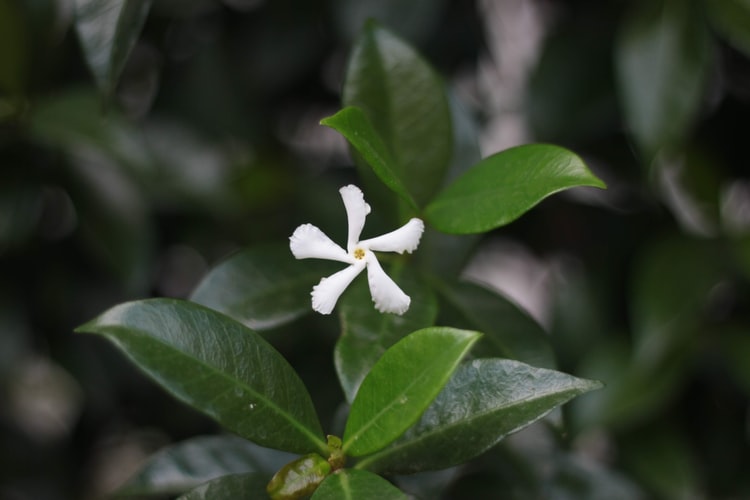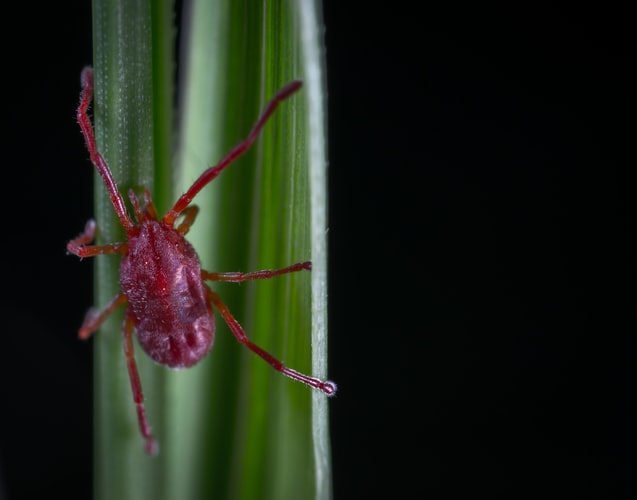If you’re a plant enthusiast and have noticed your jasmine leaves turning yellow, you’re not alone. Yellowing of jasmine leaves can be a sign of a problem that needs to be addressed to keep your plant healthy and thriving.
In this article, we’ll explore the reasons why jasmine leaves turn yellow and what you can do to treat and prevent this issue.
Planting jasmine can be somewhat elusive for those who are just starting out. There are different factors that damage a jasmine plant.
Jasmine can go through different colors throughout its growing process. Its foliage can turn yellow, red, brown, and even purple. As for all plants out there, each color indicates a specific thing.
One of the many problems Jasmine can face is the leaves turning yellow. So, what causes this issue?
Why Do Jasmine Leaves Turn Yellow
The scientific reason why the leaves of plants turn yellow is due to a process called chlorosis. Chlorosis occurs when the chlorophyll in the leaves breaks down, causing the green color to fade away and revealing the yellow pigments that were previously masked.
Chlorophyll is the pigment that gives leaves their green color, and it is necessary for photosynthesis, the process by which plants produce energy from sunlight.
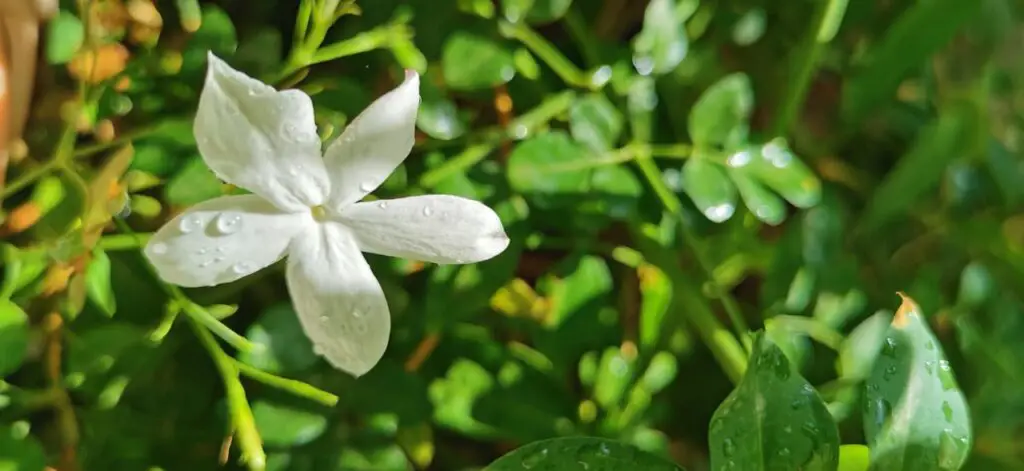
There are 11 common causes of jasmine leaves turning yellow. Here they are:
1. Excessive Watering of the plant
Too much water or too little water can lead your jasmine leaves to turn yellow. When you overwater your plant, the tender leaves become dull and yellow. The old leaves do not change too much, however; the new branches gradually shrink and stop growing.
Overwatering will lead plants to direct death. Sorry for the harsh word, but it is the truth. excessive water will not allow the root of the plant to breathe and obtain the necessary oxygen. This will lead to root rot and eventually, death. But, you can still save a dying jasmine plant if it’s not too late.
2. Under-watering
Underwatering will also cause the foliage to turn yellow and the old leaves start to gradually fall from top to bottom, but the new leaves will grow normally.
3. Improper Fertilization
The fertilization of jasmine flowers is also very important. Too much fertilization causes the color of new leaves to turn brown, and the old leaves gradually turn yellow and withered.
Too little fertilization will make the roots of the plant clump together, and the nutrients will not be absorbed. This will cause the leaves to change.
If the whole plant is yellowing, it can be diagnosed as a lack of nitrogen. Nitrogen is a part of the chlorophyll molecule, thus, it gives plants their green color and helps the plant to bloom more flowers through photosynthesis.
Other nutrients such as iron, magnesium, or zinc can also lead to chlorosis. So here, you need to be aware of what is your jasmine lacking most.
4. Soil Discomfort
Soil is also an important factor that causes the leaves to turn yellow. The soil for jasmine flowers should be acidic soil. If the soil is weakly alkaline, the leaves will turn from green to yellow or even fall off. Acidic nutrient soil should be used for maintenance.
5. Light & Temperature are another common causes of yellow leaves on jasmine
Jasmine is a flower that loves light and a warm environment. Therefore, it is necessary to place jasmine in a place where the sun is scattered and well-lit. In summer, if you live in a hot area, try to plant your jasmine in a spot where it won’t be exposed to the sun directly.
Pay attention to the same indoor distribution and cooling. The potting soil should not be too dry or humid. , Otherwise, it is easy to cause the leaves of the potted plants to turn yellow and wither.
6. Improper Maintenance in Winter
Improper maintenance in winter will also cause the leaves of jasmine to turn yellow. If your jasmine is potted, you should keep it indoors during winter. I should note that the indoor temperature should not be lower than 37°F (3°C), preferably around 50-60°F (10-15°C).
7. Pests
Pest can also be a reason why the foliage is turning yellow. Some pests such as spider mites and mealybugs suck on the sap from the leaves causing the foliage to become yellow.
8. Iron Deficiency
Jasmine likes fertile acidic soil. Cultivated soil such as alkaline soil will affect the absorption of iron and make new leaves yellow. Additionally, Iron deficiency causes chlorosis. Chlorosis can also be caused by zinc and manganese deficiencies.
9. Environmental Stress
Plants can experience stress from harsh environmental conditions such as too much heat, cold, or wind. This stress can cause the plant to produce less chlorophyll, leading to chlorosis.
10. Natural Aging
Generally, as plants age, their leaves may naturally start to yellow and fall off. So, in this case, there is nothing to worry about.
You can look at the photo for reference to compare your Jasmine and this one to determine if the real cause is just related to aging or not. Here, you can just cut off the dead-aged leaves to allow your jasmine plant to keep growing.
11. pH Imbalance:
Some plants are sensitive to soil pH levels, and an imbalance can cause nutrient deficiencies, leading to chlorosis.
How to Treat Jasmine’s Yellow Leaves
How to treat yellow foliage on jasmine depends on the cause:
If you think that you’re either overwatering or underwatering your plant, you should pay attention to the appropriate amount of watering, and ensure that the potting soil or ground soil is moist and no water can accumulate.
You can also install a draining system where all the access water can be drained and only the necessary amount is absorbed.
For excessive watering, you can fix it by flipping the soil using a shovel allowing the soil to breathe again. Don’t go too hard on it, be gentle and avoid touching the roots.
If you encounter fertilization problems, you should change the potting soil of your jasmine in time, and apply low fertilizer regularly to ensure the normal nutrient supply of the plants.
Once you’re sure that your plant lacks nitrogen, you should turn and flip the soil or increase the application of nitrogen fertilizer. Apply fertilizers containing more phosphorus and potassium at the same time, which can make the leaves turn green, and the flowers will flourish.
Since jasmine likes acidic soil and requires iron to grow to its best state, during the growth period of jasmine growing its branches and leaves, buds, and flowers (often in spring), use a fertilizer that contains iron in your water every now and then.
If you’re facing a pest problem, and you discover an infestation, treat the pest with insecticidal soap or horticultural oil.
Important Notes
- Make sure you provide the necessary minerals. Jasmine plants love to live in rich soil, you can feed it seaweed and other solutions provided in the nursery. Rich soil makes all plants happy and healthy.
- In order to feed your plant with any minerals, you need to get your soil tested first. Some nutrients such as phosphorus can be dangerous if added while it is already in the soil. Too much phosphorus can kill a plant and damage the environment.
Conclusion
Any deficiency will lead the plant to stress. Once the plant is stressed, various issues appear. Make sure to give your jasmine plant some attention. They are very nice and low-maintenance plants. All they need is a little attention from one to time.
If you found this information helpful, please join our weekly free newsletter and follow our socials:

